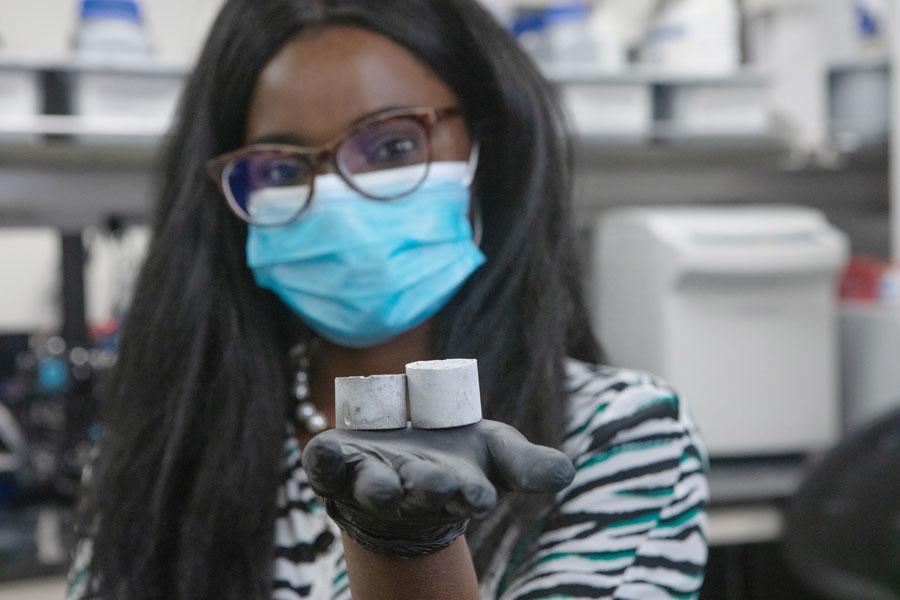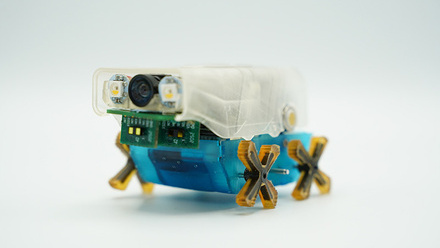Cementing advanced materials in construction
By incorporating graphene nanoplatelets into traditional cement, researchers suggest they can enhance the material’s water and fracture resistance as well as potentially imbue electrical conductivity and piezoelectric and magnetic properties.

‘Our new cement is 30% stronger and tougher than conventional cement or current nanomaterial-reinforced cement, with a reduced carbon footprint,’ says Ange-Therese Akono, Environmental Engineering Professor at Northwestern University, USA. ‘Moreover, the ability to incorporate large fractions of nanomaterials opens the door to creating multifunctional cement.’
Akono incorporates graphene nanoplatelets into cement using mechanical energy, namely ultrasonic dispersion of the raw nanomaterials, followed by incorporation into cement paste using high-speed and high-shear, and finally, curing, using continuous mechanical stirring with an orbital shaker.
Current methods to create nanomaterial-reinforced cement rely on chemical dispersing agents such as surfactant or superplasticiser to disperse nanomaterials within cement matrices.
Akono says one of the aims of the research is to understand how to change cement production to enhance the fracture response. Traditionally, this is done by casting a series of light beams onto a large block of material, which can be time consuming and involves plenty of materials with little chance of discovering new ones.
Akono and her team, however, used a technique called scratch testing, which applies a conical probe with increasing vertical force against the surface of microscopic bits of cement. She reports that the method forms predictions on the material’s properties in a fraction of the time and accelerates new material discovery.
‘I was able to look at many different materials at the same time,’ Akono notes. ‘My method is applied directly at the micrometre and nanometre scales, which saves a considerable amount of time. And then based on this, we can understand how materials behave, how they crack and ultimately predict their resistance to fracture.’
The team has carried out nanoscale mechanical tests using depth-based sensing modules to probe the elastic, strength, and fracture properties of the cement compared to conventional cement.
The paper, Fracture toughness of one- and two-dimensional nanoreinforced cement via scratch testing, published by Royal Society Publishing, reads, ‘The high-shear, high-speed mixing and the curing with an orbital shaker were found to significantly enhance fracture resistance, as the reference Portland cement R-HS-OS exhibited a 26% increase in fracture toughness, with a fracture toughness value of 0.67±0.02MPam−−√0.67±0.02MPam, consistent with the reduction of porosity due to the improved mixing/casting method.’
An improvement in water transport properties, including pore structure and water penetration resistance, is also reported, with relative decreases of 76% and 78%, respectively.
Akono predicts that the cement could be used to build tall and slender structures, sensors for structural health monitoring, or barriers for electromagnetic interference shielding applications.
She says, ‘We are currently working in my lab to devise specific routes for large structural-scale characterisation experiments.’







